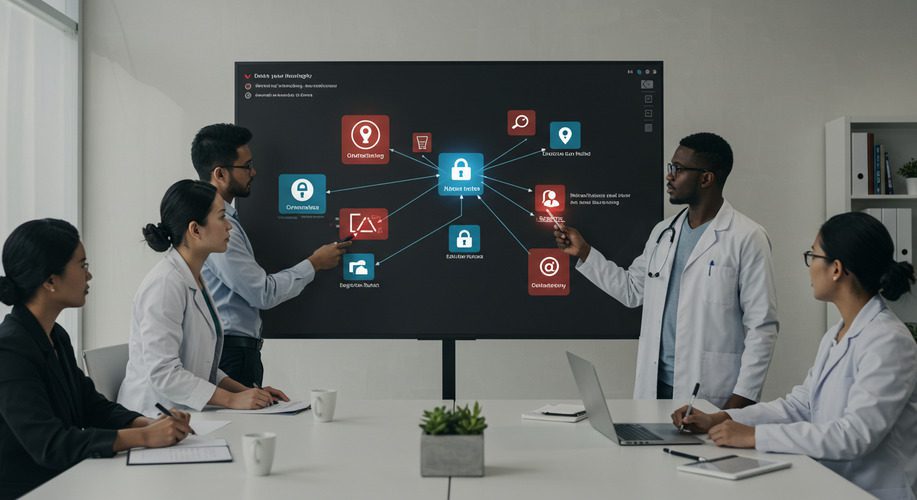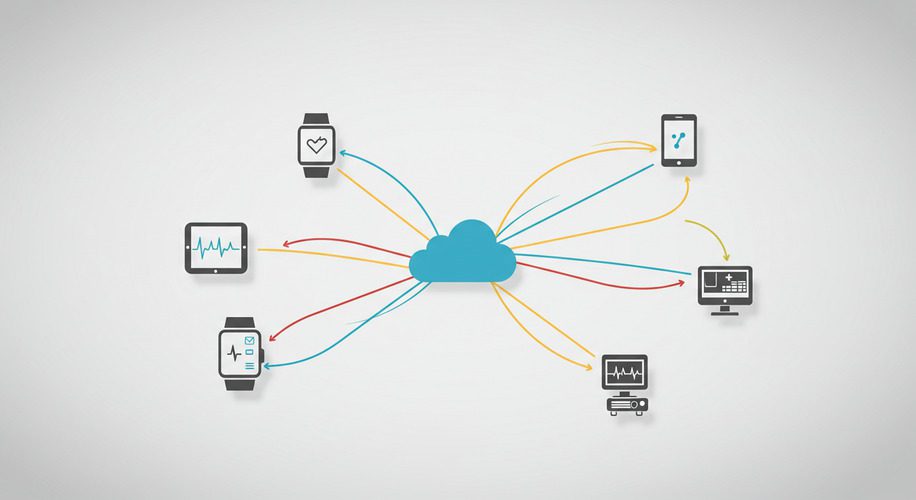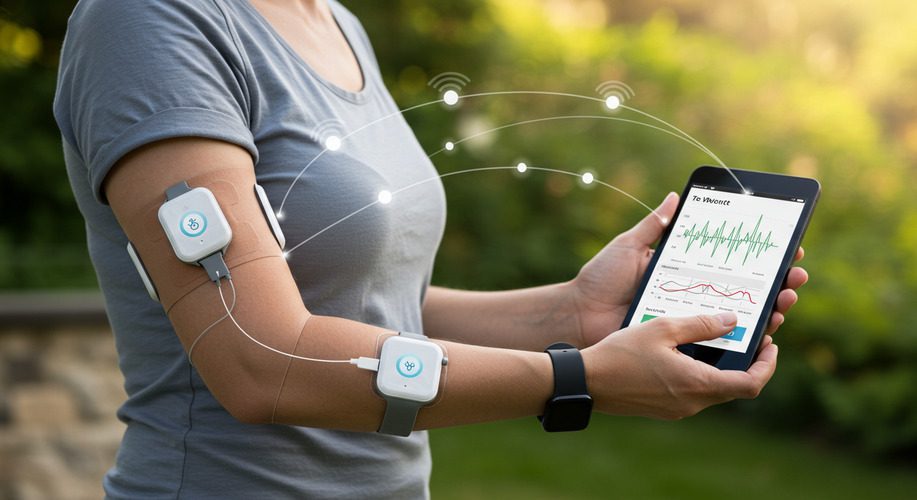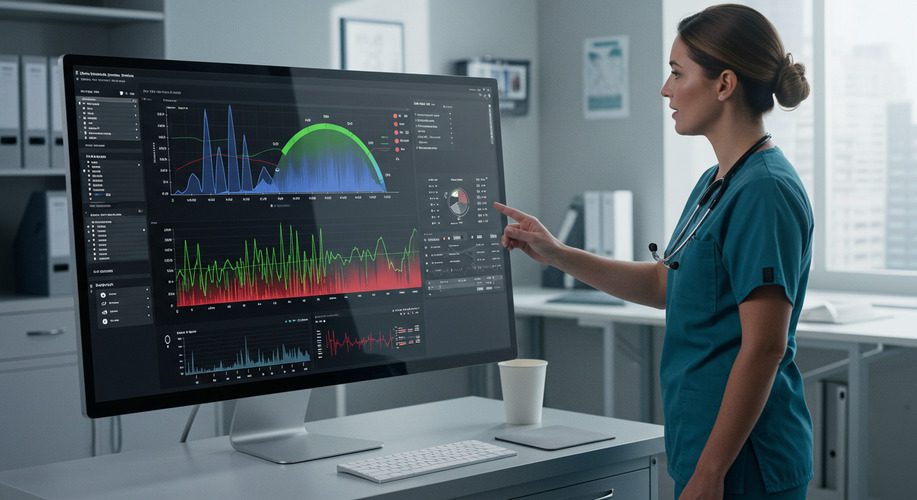
Article
Managing Emerging Risks in SaMD: Strategies for 2025 and Beyond

Achieving seamless interoperability is a key factor in the success of Software as a Medical Device (SaMD). Interoperability ensures that SaMD solutions integrate smoothly with healthcare systems, devices, and platforms, enabling better data sharing and patient outcomes. In this guide, you’ll explore the tools, challenges, and best practices for building interoperability into your SaMD.
Interoperable SaMD enables seamless communication between devices and systems, ensuring clinicians have access to comprehensive patient data for better decision-making.
Healthcare providers are more likely to adopt SaMD solutions that work seamlessly with their existing electronic health records (EHRs) and clinical workflows.
Related: Key Benefits of SaMD for Diagnostics and Monitoring
Many healthcare systems operate in silos, making it difficult to share data across platforms and devices.
Older healthcare IT systems may lack the flexibility to integrate with modern SaMD solutions.
Ensuring that data exchanges comply with laws such as HIPAA, GDPR, and other regional regulations adds complexity.
Related: ISO 13485 Compliance Checklist for SaMD Development
APIs enable SaMD to communicate with other systems, facilitating data exchange and integration.
Secure cloud solutions support scalable data storage and real-time access, enhancing connectivity across systems.
Related: Leveraging AI/ML in SaMD Development: Benefits and Challenges
Involve healthcare providers, IT teams, and end-users during the development phase to understand their integration needs.
Ensure your SaMD solution performs reliably with various EHR systems, devices, and healthcare platforms.
Adopt encryption, authentication protocols, and regular security audits to protect sensitive patient data during exchanges.
Design your SaMD to adapt to new systems and technologies as healthcare IT evolves.
Related: How to Conduct Post-Market Surveillance for SaMD
AI tools will automate data mapping and error correction, further simplifying interoperability efforts.
Blockchain technology will enhance transparency and security in data exchanges across systems.
Interoperable SaMD solutions will increasingly integrate with IoT devices, offering a more holistic view of patient health.
Building interoperability into your SaMD solution is essential for driving adoption, enhancing patient outcomes, and ensuring regulatory compliance. By leveraging tools like APIs, FHIR standards, and cloud platforms, and following best practices, you can create solutions that seamlessly integrate into healthcare ecosystems.
For further insights, explore related articles:
Start building interoperable SaMD today to deliver better care and achieve lasting success in the MedTech industry.
Related Posts

Article
Managing Emerging Risks in SaMD: Strategies for 2025 and Beyond

Article
Emerging Opportunities in SaMD and MedTech for 2025

Article
Creating a Risk-Based Approach for SaMD Development

Article
The Role of Predictive Analytics in SaMD for Proactive Healthcare